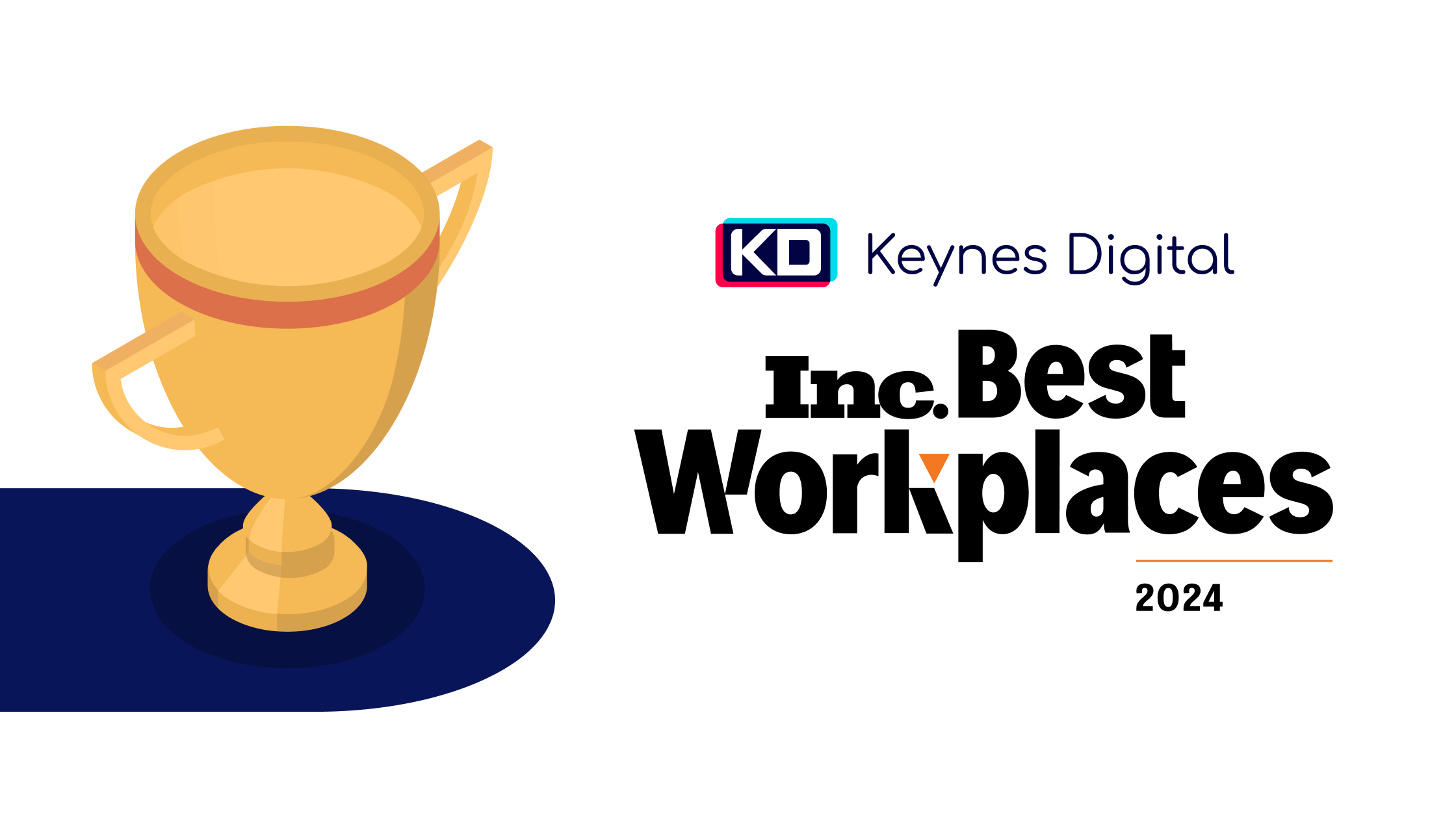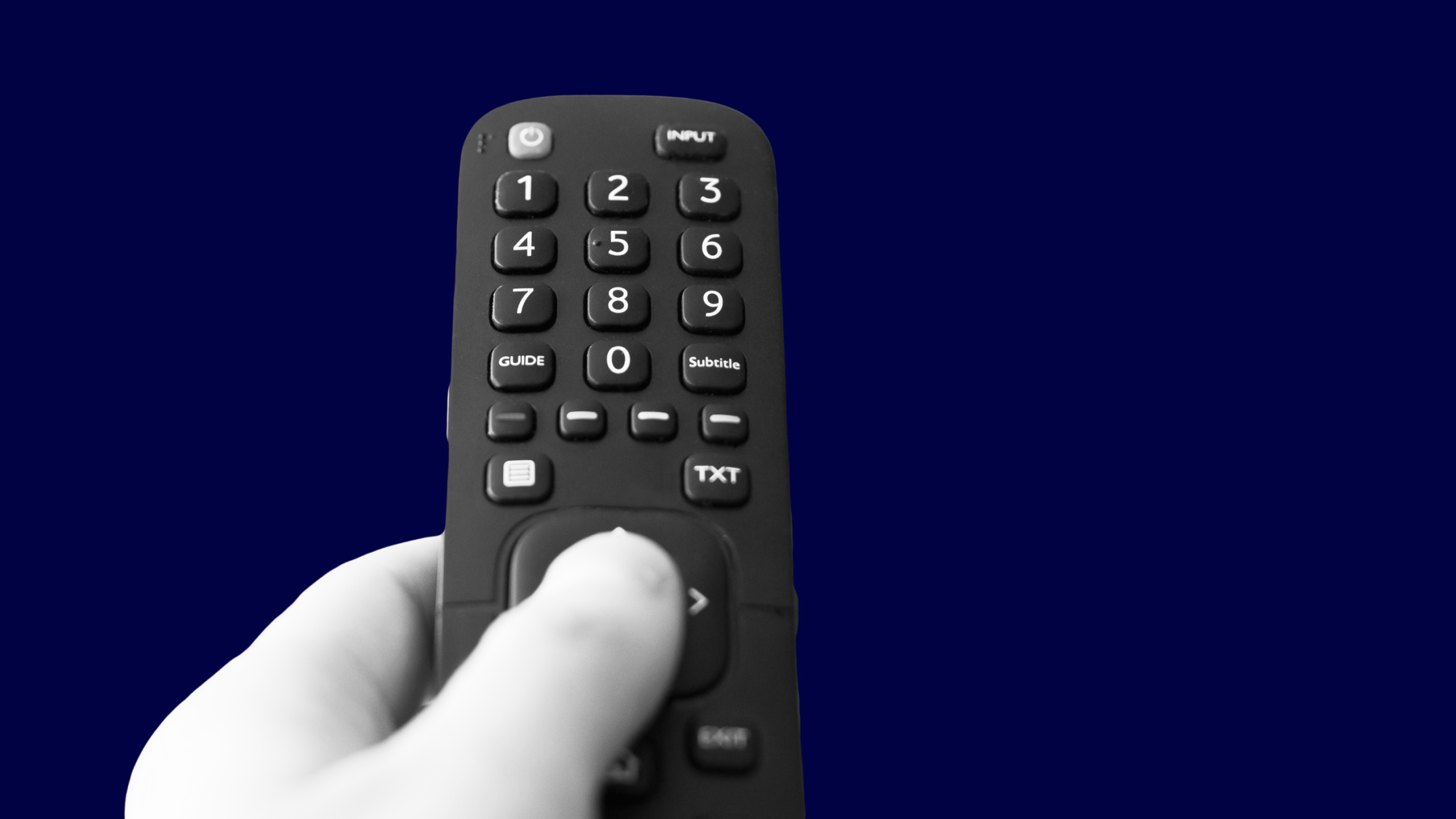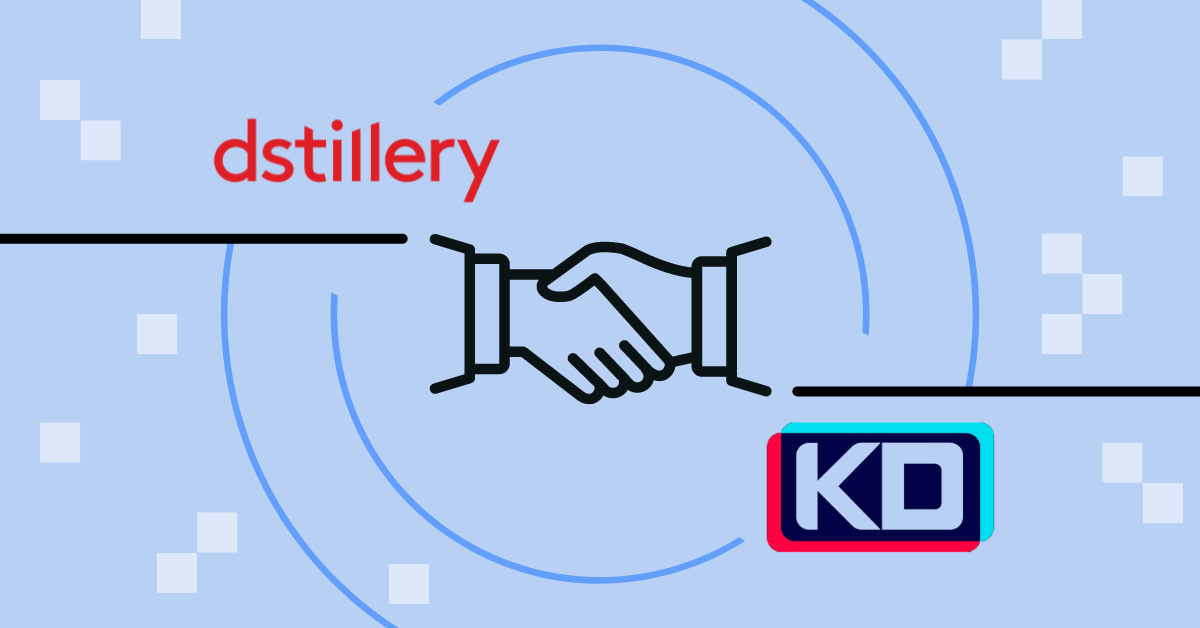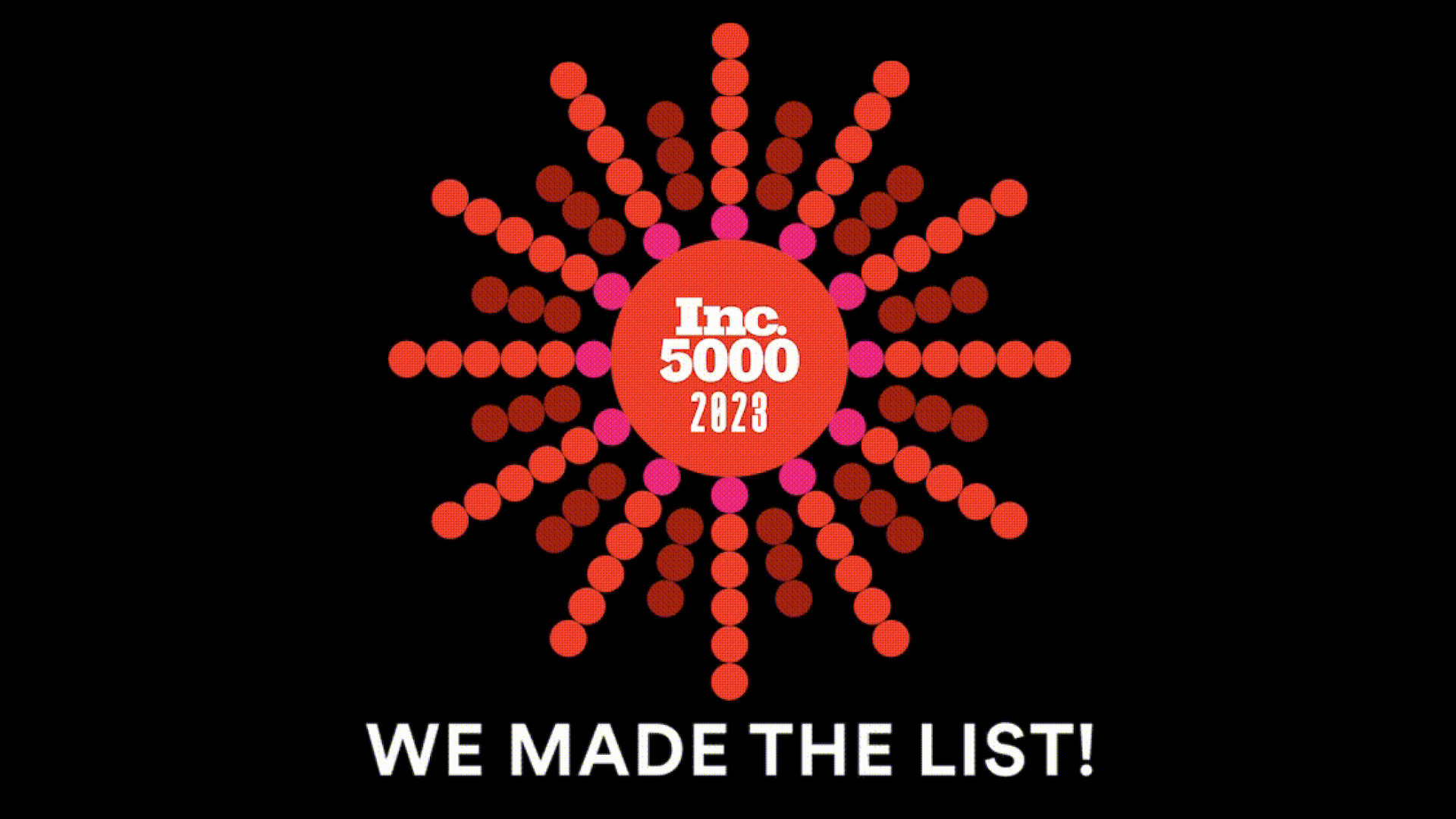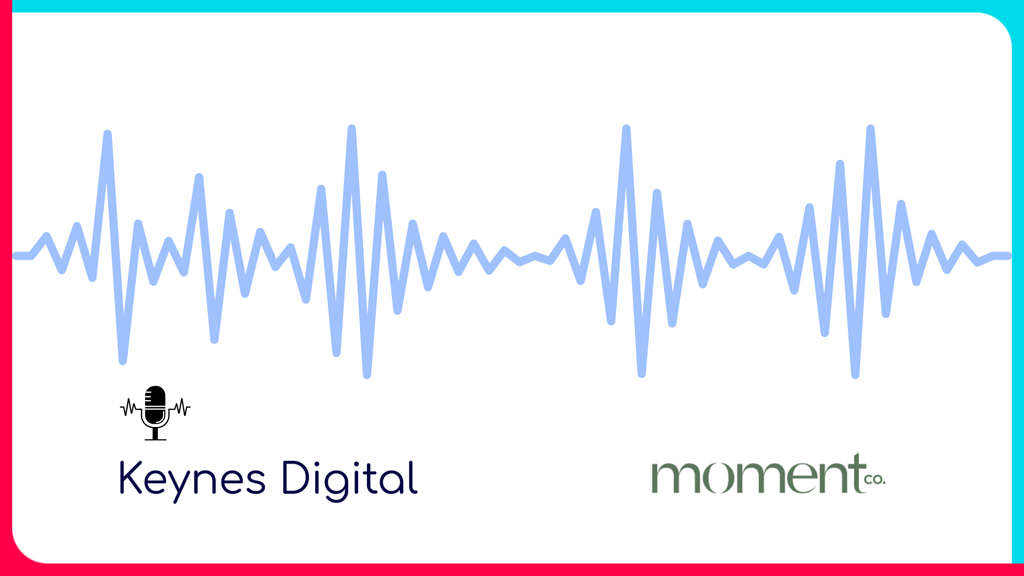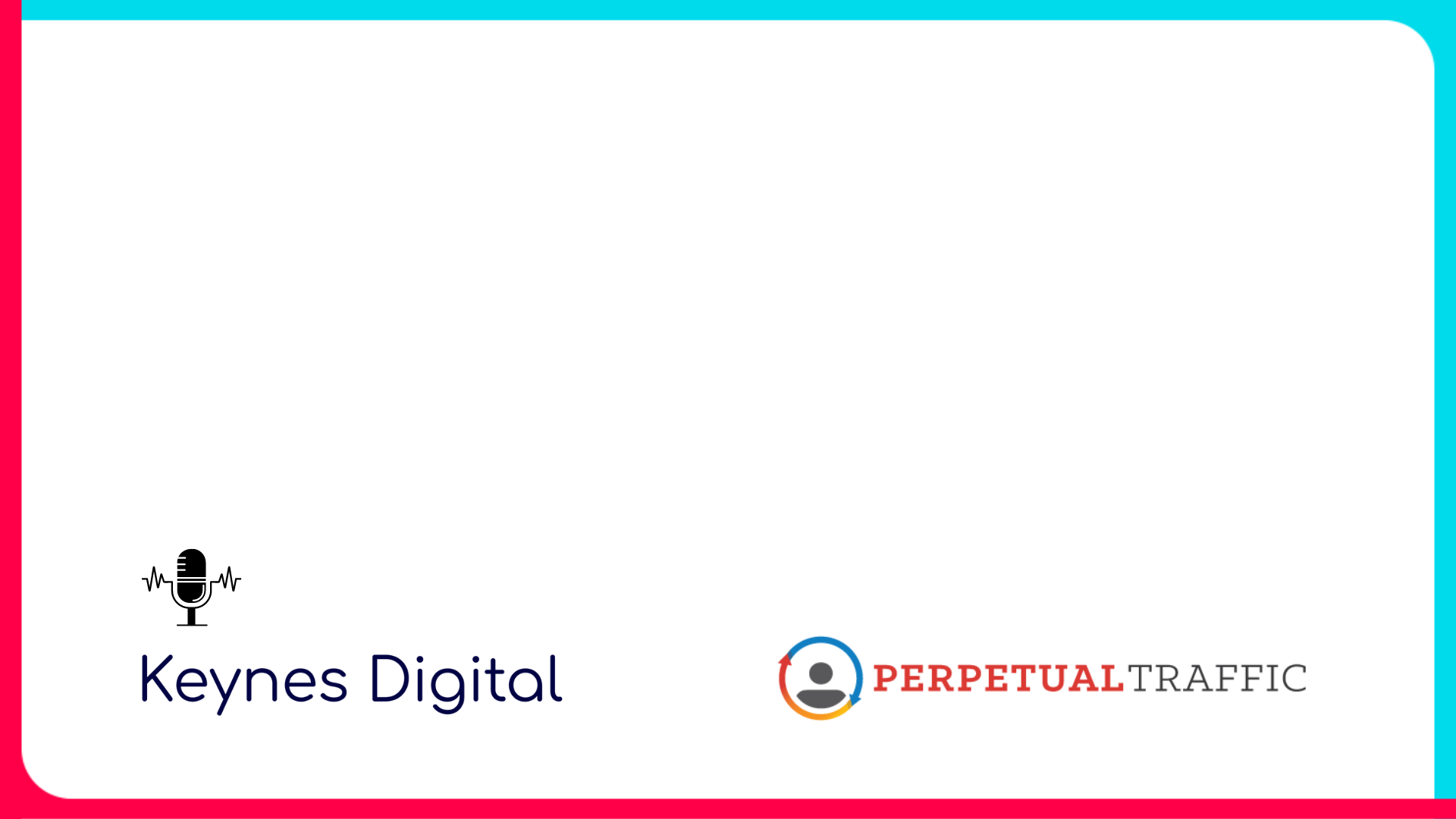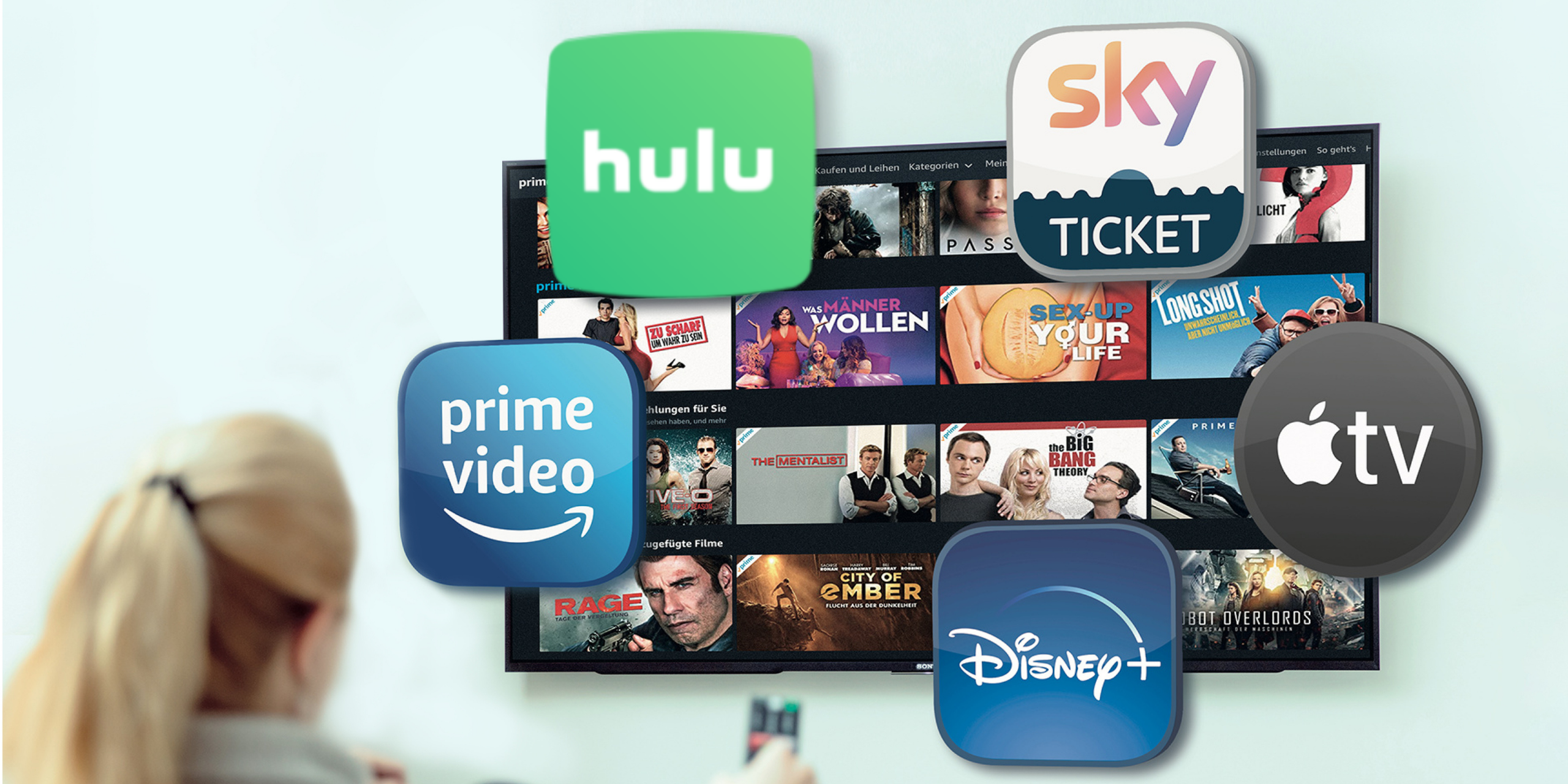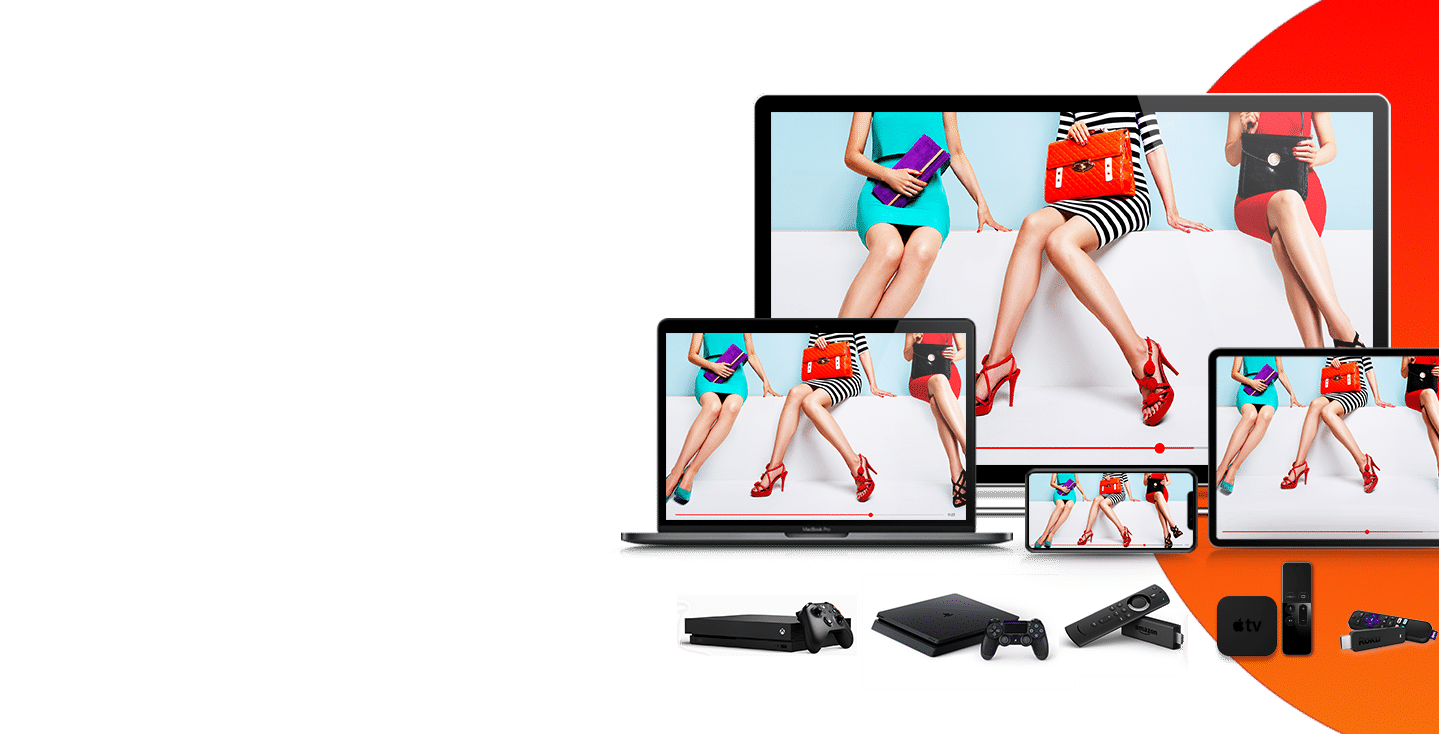Connected TV Ad Formats
No matter your chosen strategies, all connected TV ads must follow standard connected TV ad formats. The connected TV strategy is the type of goal you’re looking to explain to your customers about why they. Connected TV ads are only one of many ways to drive users to your site and create a relationship with those viewers.
To get to the chase–visit our Connected TV Specs HERE to understand what these connected TV ad formats are. If you already have video assets and are unsure if they would pass CTV specs, drop them into our CTV Spec Check HERE.
What Is CTV Advertising?
Connected TV advertising refers to a programmatic connected TV commercial displayed on any CTV device with an Internet connection, including Smart TVs.
While providing the targeting and measuring capability of the contemporary digital ecosystem, connected TV advertising delivers a wider and targetable reach and comparable quality to linear TV campaigns.
Advertisers can review video material to identify attitudes and placement categories as connected TV advertising statistics and targeting capabilities advance. In this way, they can adapt their advertising to the program.
With cutting-edge tools and technologies, CTV advertisers can easily attract viewers, convey important messages, and encourage involvement.
One of the best methods to reach your audience is connected TV advertising. Connected TV ads are superior to linear TV commercials in just some of the following:
- Targeting
- Measurement
- Cost
- Customer behavior alignment
As mentioned, connected TV ads run on connected TV platforms when viewers are actively watching. This method could apply to movies, live concerts, sporting events, or season finales.
Connected TV advertising is the strongest channel to get a return on their investment, because of the impact we’ve seen it has on all paid marketing channels.
Higher satisfaction levels and favorable attitudes toward the offered material result from premium audiences’ and smart TV users’ greater control over how to see and engage with advertisements.
Connected TV vs OTT
Let’s compare connected TV vs OTT.
OTT is the content delivered via a CTV device. Some well-known OTT services include Netflix, Hulu, Peacock, and Amazon Prime. Many renowned entertainment companies have taken notice of the most recent streaming trend and are starting to strategy for OTT advertising now with connected TV companies, like Keynes for instance.
The conventional way of airing TV shows on TVs, laptops, PCs, tablets, and smartphones may all get OTT advertising. Only smart TVs or TVs linked to a third-party device via the internet like Roku, Chromecast, or a game console, may deliver CTV and OTT.
What Is Connected TV?
The connected TV definition has revolutionized how individuals consume video content and how they pass their free time.
What is CTV feels like a repetitive question nowadays in the adtech world. CTV is a “connected TV,” which refers to any device that transmits video via the Internet. These videos are streamed through premium OTT networks.
In some ways, the connected TV market is like an online ecosystem of coexisting smart gadgets and video streaming services.
Smart TVs, game consoles (Xbox, PlayStation), OTT services (Hulu, Netflix, Peacock), streaming boxes (Roku, Tivo, Apple TV, Amazon Fire TV), and even internet-enabled DVD players are all connected TV examples that deliver video content and adverts to connected TV viewers. People can select a suitable CTV option for a fair price with or without a subscription, thanks to such an experience.
What Is OTT?
OTT is an abbreviation for “over-the-top.” There are also many OTT examples existing. This handy little abbreviation describes a new way to watch movies and TV shows whenever we want, on various devices, and without traditional broadcast, cable, or satellite pay-TV providers.
OTT content can be found on OTT platforms, such as Hulu, Peacock, or Netflix. Some OTT examples could include Handsmaid’s Tale on Hulu, Yellowstone on Peacock, and Stranger Things on Netflix.
OTT platforms, like Netflix or Hulu, make premium content and a superior viewing experience available through OTT streaming.
What Is Linear TV?
Well, it all began with linear TV. The purpose of television has mostly remained the same since it was invented in 1925: to inform people about significant events and to amuse them. But throughout time, television’s format has changed dramatically.
Mechanical television dominated the market from the 1920s to the 1930s, but different technological advances have sparked the creation of today’s television.
TV shows are shown on designated channels at predetermined times on linear television. In other words, viewers must tune in at a specific time to watch the shows they want to watch.
Here are some additional details regarding linear TV:
- The viewer can use a DVR to record a particular program and watch it later.
- The viewer has no control over the displayed content.
- They must watch whatever is broadcast at the moment.
Connected TV vs Linear TV
Advertisers are more interested in learning the difference between connected TV vs linear TV.
CTV includes any TV ads that appear during or after the material is streamed on connected TV devices targeted to the brand’s specific audience. In contrast, Linear TV ads are presented during regular TV programming commercial breaks and targeted to a broad audience. Linear TV serves as a branding platform for numerous, sizable audiences. It is not a channel for performances.
In regards to Connected TV, people are accepting the transaction to be served an ad in exchange for watching content for free. With connected TV advertising, the market is witnessing customers embrace the idea that in exchange for a small lower price, they would receive advertisements and have their data processed behind the scenes. Read more about this topic HERE.
Connected TV Advertising Examples
Popular connected TV ad examples can be viewed on OTT platforms like Bravo, Hulu, Fox, NBC, and ABC News. Nowadays, if you purchase a large screen, you almost certainly purchase a Smart TV. No additional wireless modems or sticks are needed to connect to the Internet using this television.
Any TV or gadget that can access the internet and stream video in addition to what is typically provided by a cable provider will be able to display linked TV advertisements.
It must be on a television network and be a full episode player (FEP). The advertisement is not considered connected TV advertising or serving on OTT advertising assets if it is skippable brief or user-generated content.
Keynes’ TV Commercial Reviews
If you’re looking to learn more about implementing a connected TV commercial strategy, visit our TV Commercial Reviews HERE to see why certain commercials are ranked the way they are for an action (Direct Response) or an awareness (Branding ) play.
Connected TV Ad Specs
Television advertisers have many opportunities with connected TV, but if you want to succeed, you need to understand connected TV ad specs. We’ve summarized the specifications for connected TV marketing that you should be aware of.
- Duration:15s or 30s
- Aspect Ratio: 3:2 displays are not supported; 720 x 480, 4:3, or 16:9 pixel aspect ratios are.
- File Types: MP4 or MOV file types are supported; FLV and WEBM file formats are not.
- File Resolution: 1920 x 1080 (Quality)
- Bitrate
- Video:15 Mbps minimum, 30 Mbps maximum
- Audio:192 kbps minimum bitrate, 16- or 24-bit only48,000 Hz sample rate
- Rate of Frame: The frame rate needs to be fixed at either 23.98, 25, or 29.97 (based on the native frame rate).
- File Size Max: 10GB
- File Tags: VPAID, MRAID, and VAST (tags are not supported)
Connected TV Marketing
Connected TV marketing provides a venue for showcasing your brand on premium TV networks in non-skippable, high-quality forms. By sharing a narrative about your product(s), you may instantly connect with your audience and draw visitors to your website.
Include a persistent URL or brand name to encourage consumers to visit your site while watching TV on their mobile or desktop devices. Include a compelling end card with a distinct call to action after the video is over.
- If you have video assets but need to check the connected TV ad formats, visit our CTV Spec Check HERE.
- If you’re looking to build video assets, visit our Connected TV Ads Specs HERE.
Connected TV Channels
Cutting the cord on cable is a millennial game that is quickly creeping into the rest of society. It’s a way for the consumer to be in control and a well-known strategy to save money.
With these cancel-anytime live TV packages, you can watch the local and national news, live sports, and events like the Emmys. All you require is a smart TV and connected TV channels.
On various devices, including set-top boxes and mobile devices, you can access many connected TV channels, including CNN, NBC, ESPN, and Fox. Starting is simple, and you don’t need a specialist to visit your house. Other connected TV channels include Hulu, Peacock, Paramount+, ESPN+, FOX, and Amazon Video.
Brands can reach the appropriate audiences at the right times with highly relevant and compelling adverts thanks to linked TV advertising. Advertisers can target consumers based on their consumer profiles and attitudes using addressable (GPS), demographic (i.e., age, gender), and behavioral (keywords and preferences) media.
Industry Expert Insights
We are your high-touch, performance-focused streaming TV and programmatic advertising partner. Our team of experts and a one-of-a-kind data-driven platform connects you to the best streaming TV marketing strategies.


